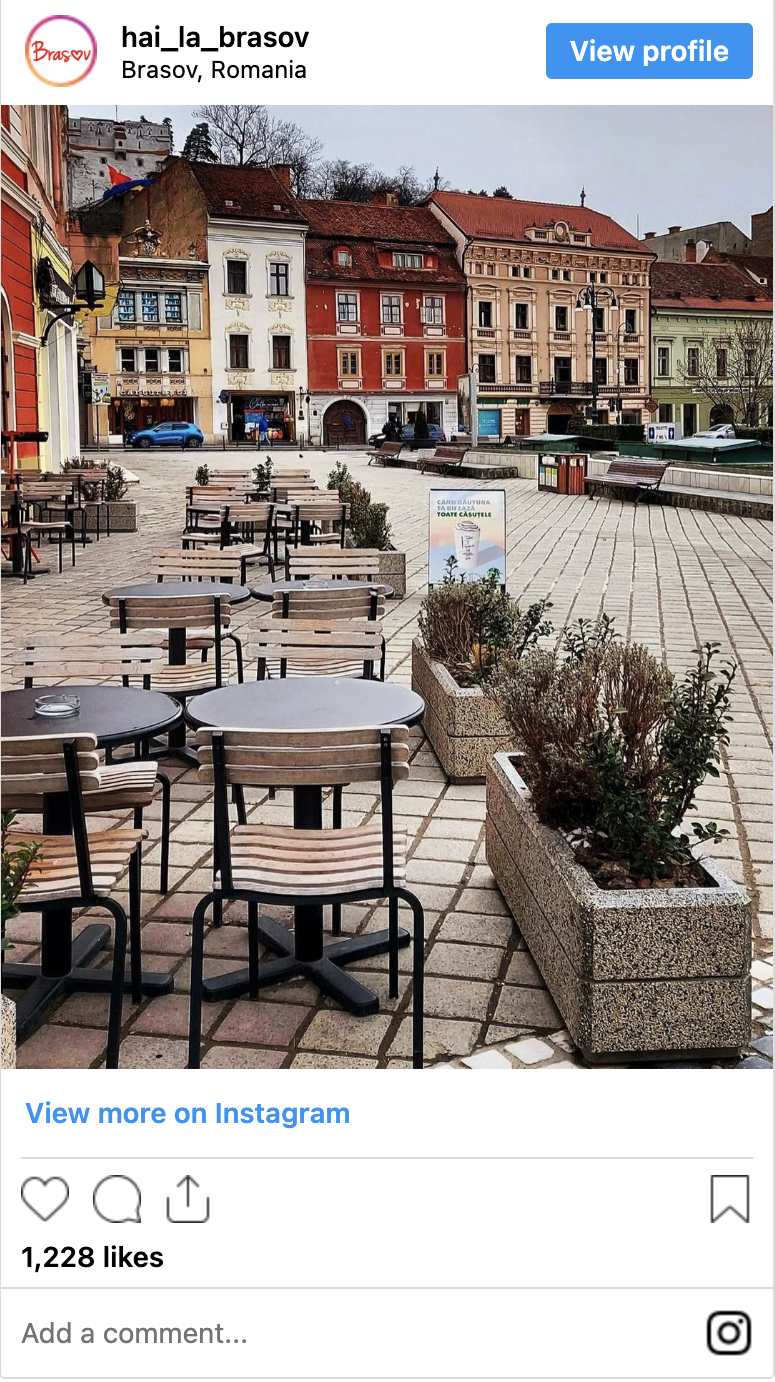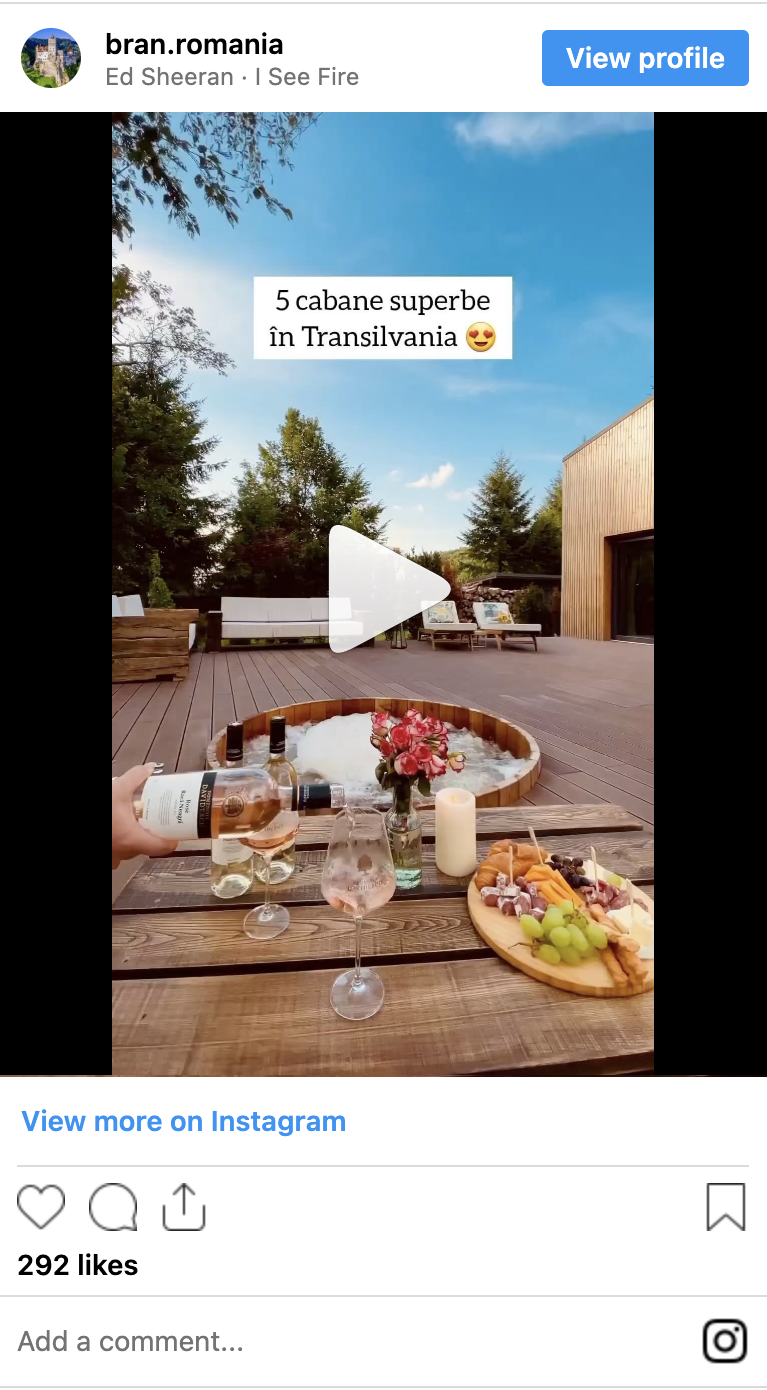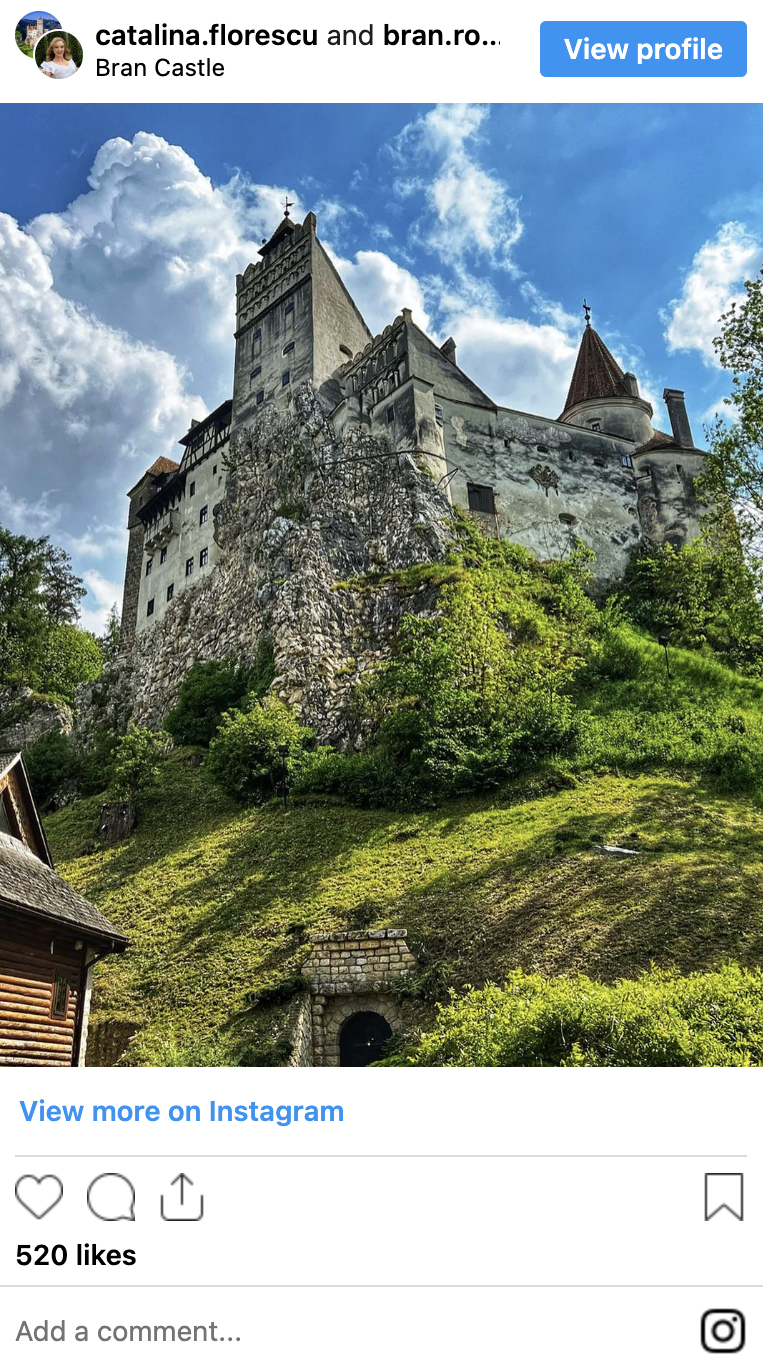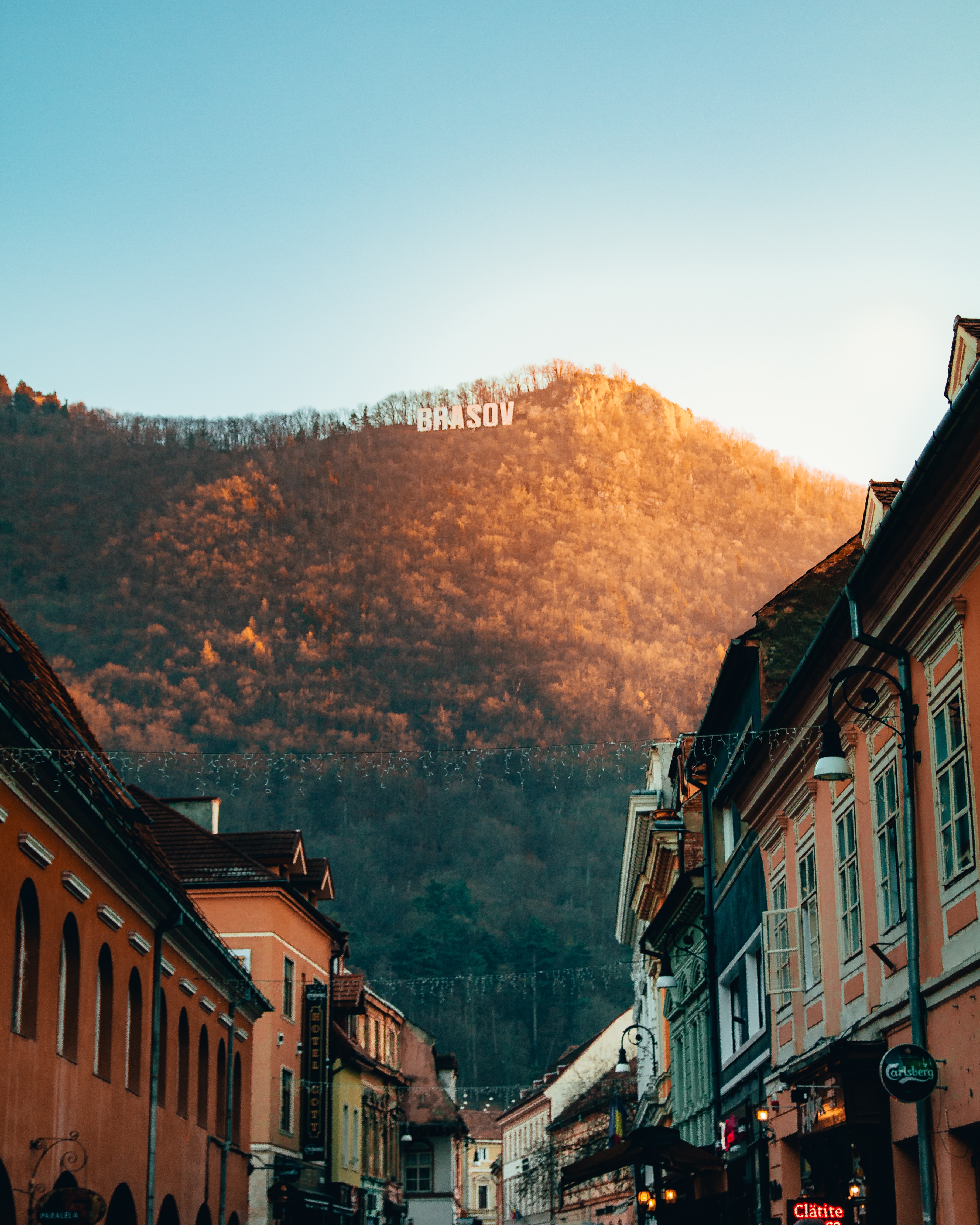
Why Brașov ?
Hollywood of Eastern Europe
With its central location, Brașov is a suitable location from which to explore Romania, and the distances to several tourist destinations (including the Black Sea resorts, the monasteries in northern Moldavia, and the wooden churches of Maramureș) are similar. It is also the largest city in a mountain resorts area. The old city is very well preserved and is best seen by taking the cable-car to the top of Tâmpa Mountain.
The city also has several restaurants that serve local as well as international cuisine (e.g. Hungarian and Chinese). Some of these are situated in the city center.
PLACES
My favorite places in Brașov
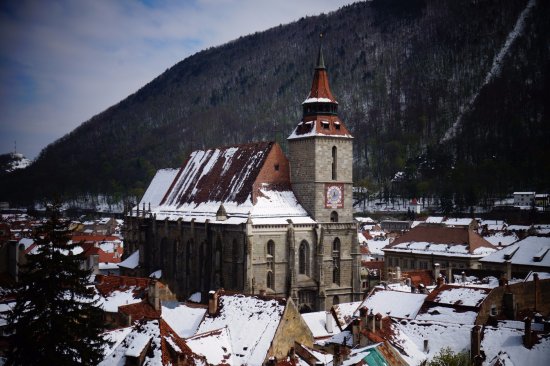
The Black Church
Completed during the 15th century (soon after 1476), the church belongs to the final stages of Gothic architecture.[16] The result was a three-nave basilica, all the same height,[10] that is: a "hall church", as was preferred during the 15th and 16th centuries in the German lands, where most of the architects and masons originated.
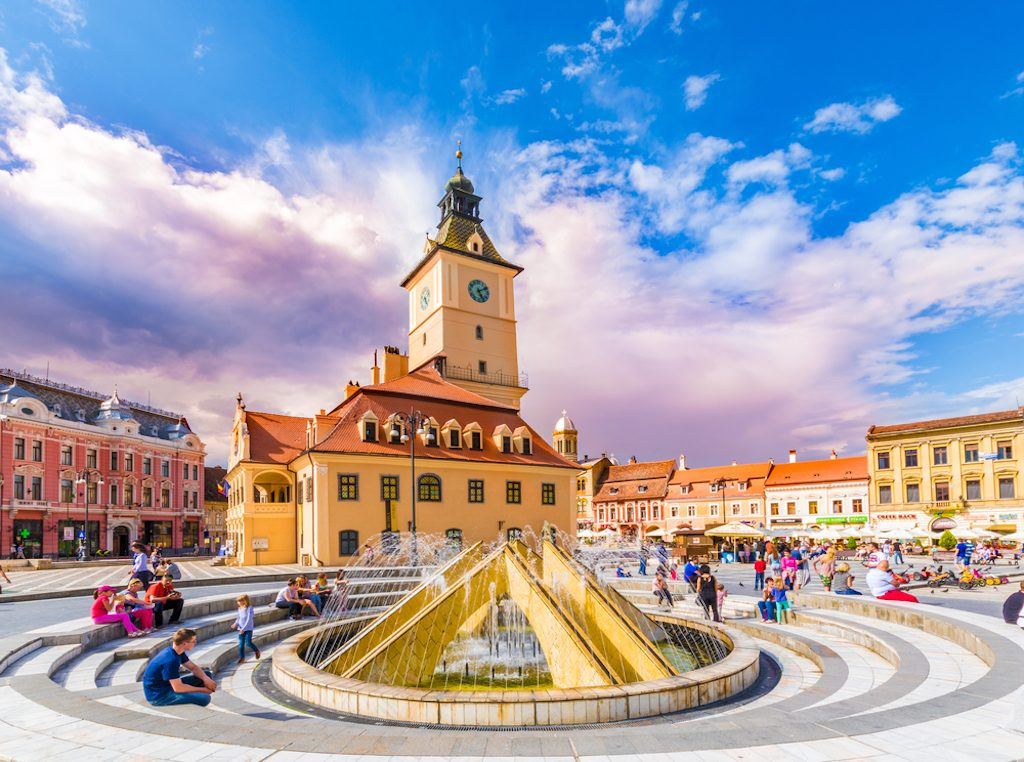
The Council Square
The Council Square is located in the historic centre of Brașov, Romania.[1] It obtained its right to hold markets in 1520, but it has been the place for weekly and annual markets since 1364, being visited by merchants from the country and abroad.[citation needed] It is surrounded by 18th-19th century houses, most of which are historical monuments.
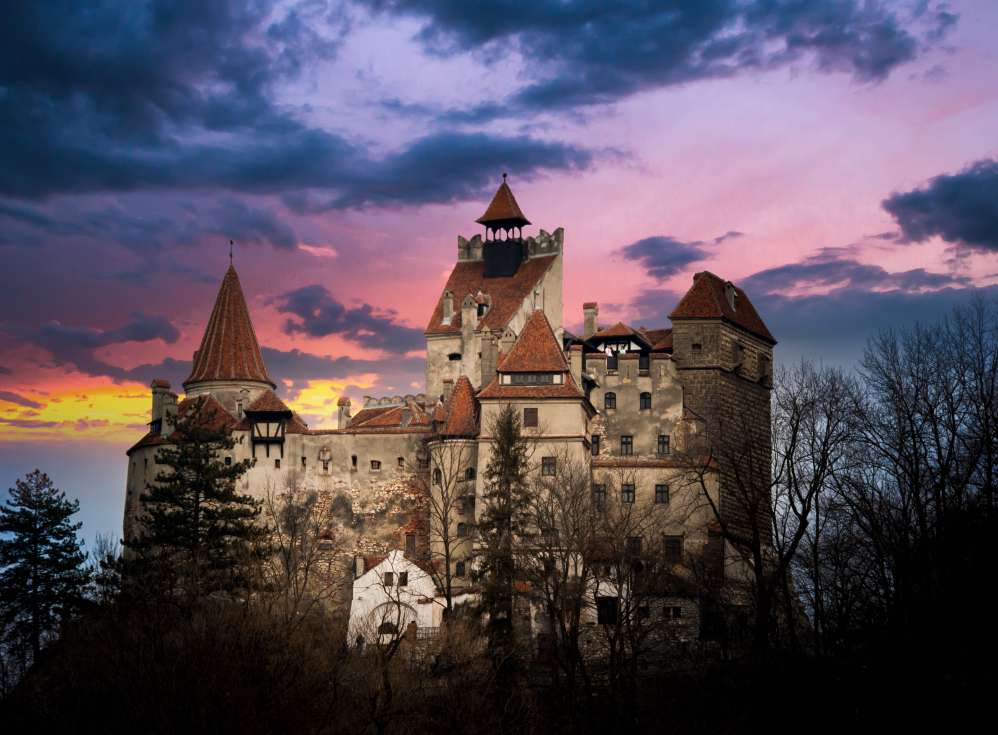
Bran Castle
Commonly known outside Transylvania as Dracula's Castle, it is marketed as the home of the title character in Bram Stoker's Dracula. There is no evidence that Stoker knew anything about this castle, which has only tangential associations with Vlad the Impaler, voivode of Wallachia, who shares his name with Dracula.
